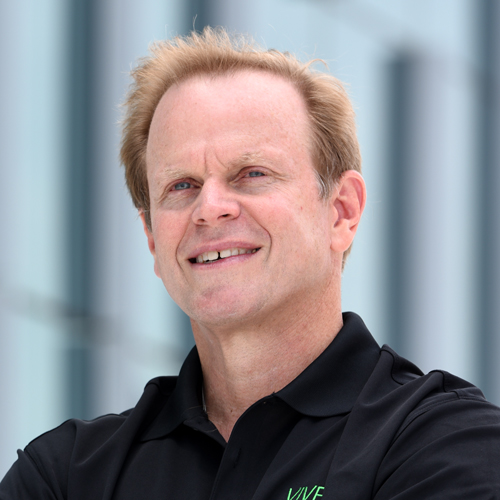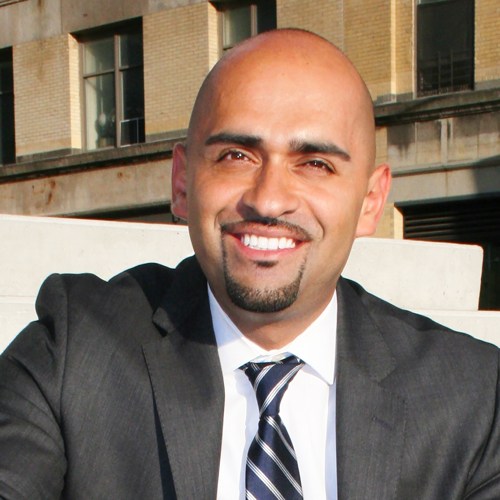
When John Lopez entered the world of compliance during the savings and loan crisis of the 1980s, many friends and colleagues advised him to take a different path.
While they interpreted the move as a step back for a business administration professional, Lopez saw a unique opportunity. “Compliance was a new and unexplored field,” Lopez recalls. “I recognized the chance to become a subject-matter expert and develop a new career.”
Lopez was right. In 1991, after six years as a federal regulator, he took his first position as compliance officer. A quarter-century later, he’s applying his wealth of knowledge to help Farmers & Merchants Bank—one of California’s oldest and strongest banks—follow the ever-changing letter of the law.
Throughout his career, Lopez has watched what started as a fledgling service grow into a critical aspect of any competitive bank. As a regulator, he watched executives stand outside their banks as agencies took over and transferred them to the FDIC. Now, he empowers and guides banks by helping them understand laws, regulations, and rules so they can operate as good corporate citizens and better serve their clients and communities.
It has been an evolution. Compliance, Lopez says, was once seen as a technical obstacle. “Teams would come to me to approve major promotional materials at 4:30p.m. on a Friday, and even if I spotted several red flags, they wanted to push ahead,” he laments. “You can’t have a strong consultant that’s not a true partner.”
Now, he has a seat right at the table. The compliance officer at Farmers & Merchants (F&M) Bank is involved in product decisions, marketing campaign meetings, and implementation committees, “which is consistent with F&M’s bedrock values of honesty and integrity,” says Lopez, who has now been with the bank for thirteen years.
Regulators expect compliance to be fully involved in and aware of all banking activities. “There’s a greater demand for a compliance officer’s services than ever before,” says Lopez, adding that he recently attended an industry conference with 1,800 other compliance professionals. “Just a few years ago, the same conference attracted half as many people.”
Lopez attributes the industry’s fast growth to its changing nature. “The velocity of change in compliance attracts people who enjoy a challenge,” he says. “Compliance professionals must always be on the lookout, scouring various sources before analyzing, reviewing, adopting, and implementing new laws and acts.”
At Farmers & Merchants, his team is responsible for protecting the institution by overseeing a system of checks and balances. “My team has to make sure we are in compliance with current, and even pending, legislation when material goes out the door,” Lopez says.
Farmers & Merchants—like all other financial organizations—is under increased scrutiny from federal and state regulators. Lopez meets with the officials at least three times a year to provide updates and answer questions regarding his bank’s plans, activities, and even community contributions. Lopez acts as an interpreter as he manages the bank’s relationship with examiners and demonstrates how his bank is in alignment with their expectations.
As a former regulator, Lopez meets with all of Farmers & Merchants’ new hires to explain his role as it relates to their duties. “Historically, industry people used to view us as a cost-center and not a profit-center. As a mitigator against risk, I prefer to think of the compliance department as a ‘profit protection center,’” he says.
“The velocity of change in compliance attracts people who enjoy a challenge. Compliance professionals must always be on the lookout, scouring various sources before analyzing, reviewing, adopting, and implementing new laws and acts.”
Compliance has one simple job—to help ensure Farmers & Merchants Bank will follow banking laws. They align compliance behaviors and business practices to drive profits safely.
Now, as banks move more quickly into the world of e-banking and mobile applications, compliance is more important than ever before. Banks that use smartphones, portals, and the Internet to make loans and accept deposits must continue to adhere to regulatory oversight.
And, given the changing trends in consumer behavior, one misstep could be costly. “As money gets transferred from baby boomers to millennials, only banks that can compete under the rules in the digital realm will thrive,” Lopez says.
That’s why he’s still passionate about his role as compliance manager. Even after all his years in the business, Lopez is still learning and adapting. Above all, he enjoys being in charge of understanding and interpreting regulatory implications to help Farmers & Merchants capitalize on new opportunities.

